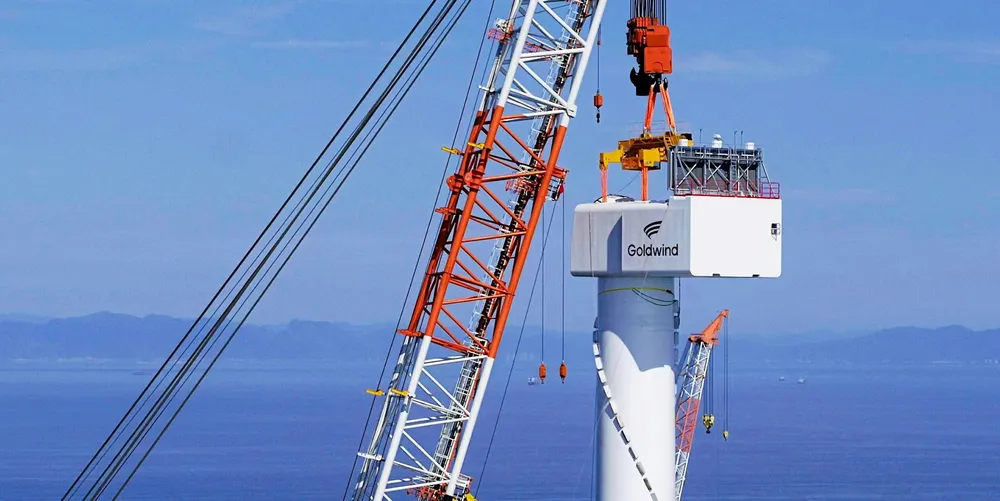China's offshore wind boom drives costs down to match coal
Huge Chinese build out of wind at sea pushes LCOE sharply lower even as other markets feel pinch, says BloombergNEF

Huge Chinese build out of wind at sea pushes LCOE sharply lower even as other markets feel pinch, says BloombergNEF
